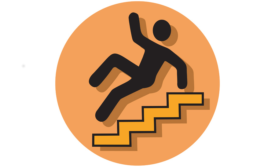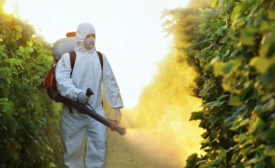Workplace Health
Groundbreaking Legionella prevention model reported
Number of cases has jumped since 2002
April 16, 2019
Five ways to move more at work and make it count
April is "Move More Month"
April 16, 2019
3 P’s of Welding Safety: Planning, preparation and protection
Keep these hot tips in mind to improve welding safety – and stay out of hot water
April 12, 2019
Never miss the latest news and trends driving the safety industry
eNewsletter | Website | eMagazine
JOIN TODAYCopyright ©2024. All Rights Reserved BNP Media.
Design, CMS, Hosting & Web Development :: ePublishing








